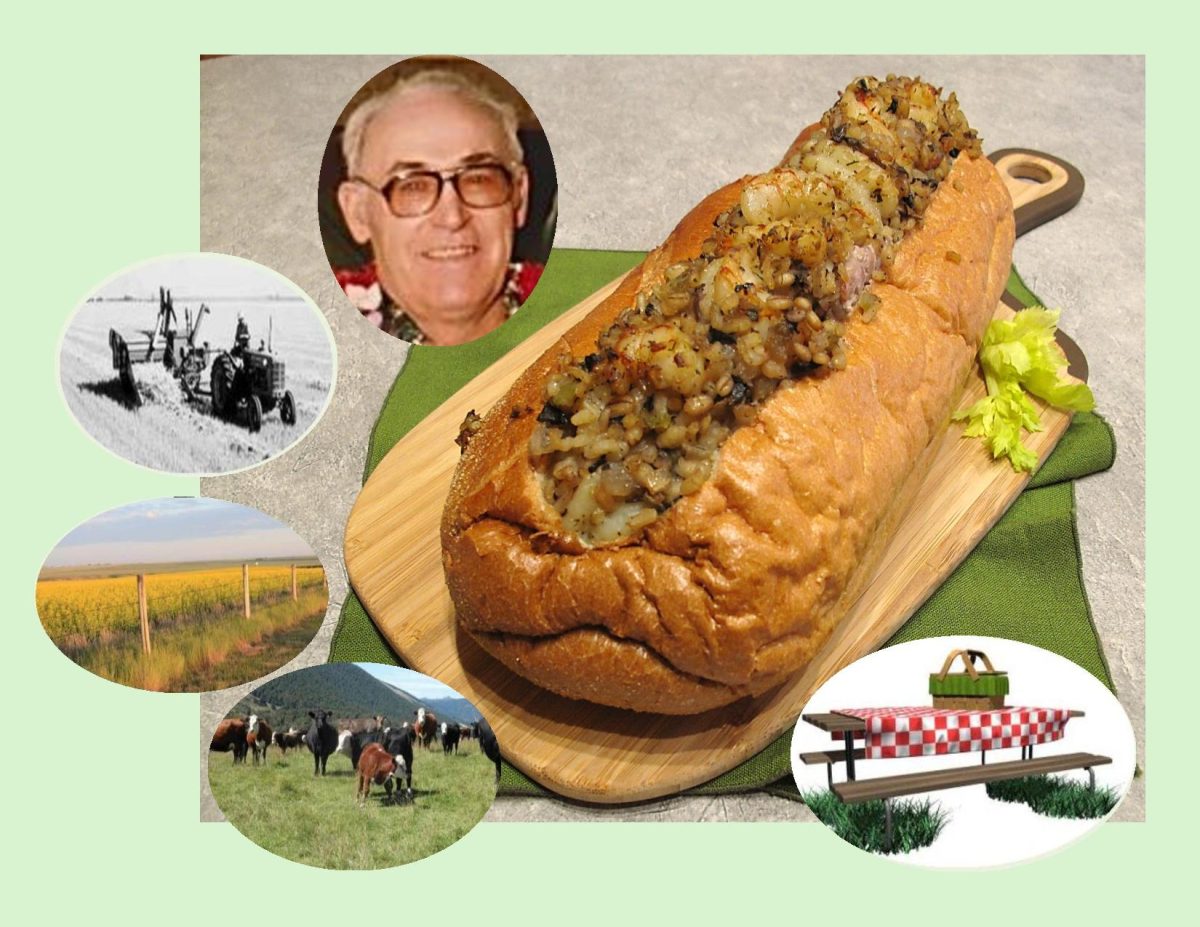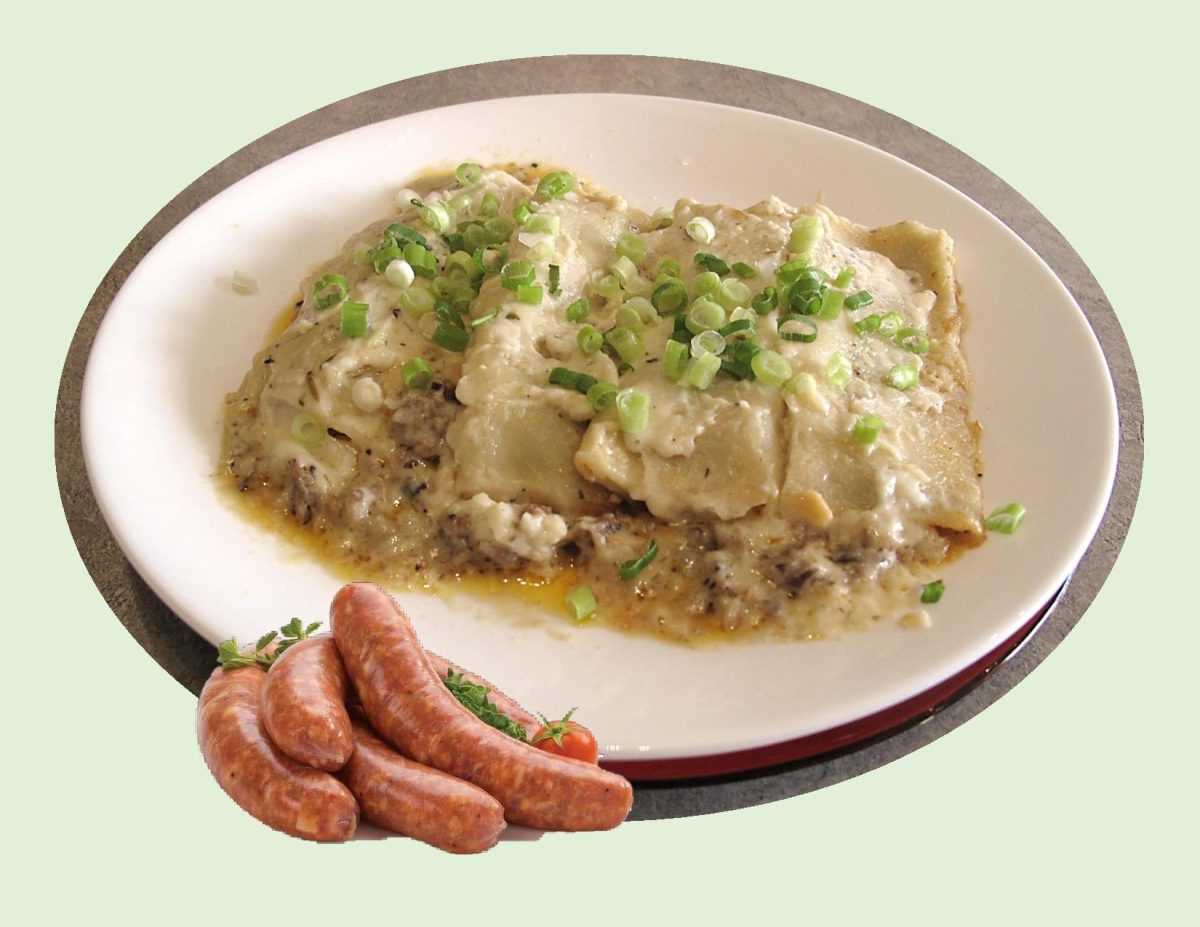Ube (pronounced OO-bay), is a purple yam native to the Philippines and other areas of Southeast Asia. Ube is a very versatile ingredient. It is not a purple sweet potato or taro, it is a purple yam. Its special taste reminds one of vanilla, pistachios or chestnuts. The vibrant purple color inside and out is uniquely photogenic.
Ube has been used for decades in Filipino cuisine and has now caught on in North America, especially in the form of desserts. In fact, one of the world’s top 10 food and beverage flavor manufacturers has identified the official 2024 Flavor of the Year as Ube. The 2024 Food and Beverage Flavor Trends Report is an annual summary by California-based T. Hasegawa USA.
Globally recognized for its innovation and expertise in flavor development and proprietary flavor enhancing technologies, T. Hasegawa remains at the forefront of consumer trends and shares these developments and research findings throughout the food and beverage industry.
Today, I’m making some ube cream puffs with a craquelin topping. Cream puffs start with choux pastry, a heady mixture of butter, milk, water, eggs & flour. When you combine these ingredients, they become so dense and sticky that it seems impossible they’ll come together as soft, puffy, light, tender. Heat is what initiates the expansion of the dense paste. Steam from the milk and water expands the pastry’s edges, puffing up its capacity until the oven heat provides just enough crispness and structure to hold the puffs’ boundaries. A cream puff expands so dramatically in the oven that it creates a cavern inside to hold any number of things—whipped cream, pastry cream, ice cream or savory fillings.
Cream puff pastry (or choux pastry) is the base for profiteroles (smaller puffs filled with ice cream), éclairs (elongated puffs filled with pastry cream and glazed), croquembouche (a tower of cream puffs held together and drizzled with caramel) and savory appetizer puffs called gougeres with cheese and herbs.
Craquelin (pronounced kra-ke-lan) is a thin biscuit layer that can be added over choux pastries before baking them. It is used to create a crackly appearance, crunchy texture and a buttery sweet taste as well as helping the choux pastry bake evenly to form hollow rounds. It certainly dresses up ordinary cream puffs and the taste is so unique.

| Servings |
CREAM PUFFS
|
- 1/2 cup sugar
- 1/4 cup cornstarch
- pinch of salt
- 2 cups whole milk
- 4 large egg yolks
- 2 Tbsp unsalted butter
- 2 tsp ube extract
- 3 Tbsp butter,
- 1 tsp ube extract
- 6 Tbsp flour
- 1/4 cup light brown sugar
- pinch of salt
- 1 cup water
- 1 Tbsp sugar
- pinch of salt
- 1/2 cup unsalted butter
- 3/4 cup PLUS 2 Tbsp flour
- 4 eggs
Ingredients
Ube Pastry Cream
Craquelin Topping
Choux Pastry
|

|
- In a medium saucepan whisk together sugar, cornstarch & salt. Pour the milk & egg yolks into a bowl & whisk until combined then add liquid mixture to the saucepan slowly & whisk together.
- Add butter, bring mixture to a boil whisking constantly for one minute before removing from heat then mix in the ube extract.
- Transfer the pastry cream to a separate container (optional: first strain it through a mesh sieve to ensure the cream has a really smooth consistency) Cover the pastry cream with plastic wrap, ensuring that the plastic wrap touches the top of the pastry cream to discourage the formation of a skin on top of it.
- Place in refrigerator & chill for at least 2 hours before using.
- Soften the butter then mix the ube extract into it. Add in the flour, brown sugar & salt. Mix together until thoroughly combined. Place the dough between two sheets of parchment paper & flatten until the dough reaches about 1/4 inch thickness. Freeze the dough until ready to use.
- Pour the water, sugar, salt & butter into a saucepan & heat over medium heat. Stir the mixture together until the water is boiling & the butter is melted. Remove the saucepan from the heat & add the flour.
- Vigorously mix the flour into the butter/water mixture so that all the water is absorbed. Once the dough is formed, return the saucepan to the heat. Continue to mix & cook down the dough until it pulls away from the sides of the saucepan, about 2-5 minutes. You should be able to place a spoon into it & have it stand straight up.
- Transfer the dough to a bowl & allow it cool down for a couple minutes. Crack in the eggs one at a time, ensuring the previous egg is fully incorporated into the dough before adding in the next egg.
- Transfer the dough into a piping bag.
- Preheat the oven to 375 F. Line a baking sheet with parchment paper.
- Remove the craqueline topping from the freezer & cut out disks of a desired size to put on top of the choux pastry.
- Pipe out mounds of choux pastry onto the prepared baking tray & top each mound with a craqueline disk.
- Bake for 30-40 minutes depending on the size of the choux mounds. DO NOT open the oven for the first 25 minutes of the baking process of the steam will release & the choux won't puff up properly.
- After about 25 minutes, open the oven & prick each choux with a toothpick, then return to the oven to cook for another 5-10 minutes depending on the choux size (this helps to dry out the insides to maintain a firm choux).
- Remove from oven once the choux is nice & golden brown. Prick each choux again with a toothpick to allow them to dry out even further while they cool.
- Remove the pastry cream from the fridge & fill a piping bag with it. Slice each choux pastry in half keeping them connected slightly on one side. Divide ube pastry cream between the 'cream puffs'.




















